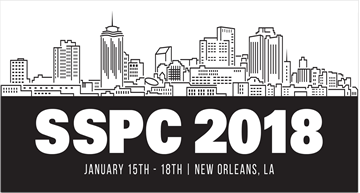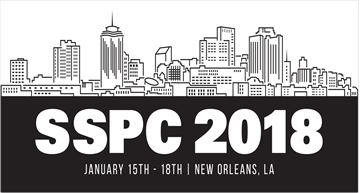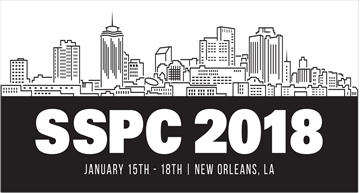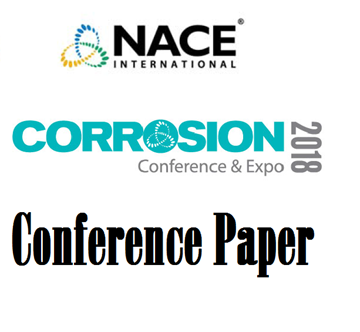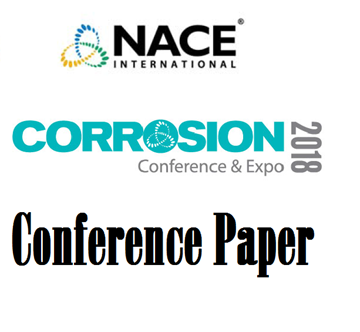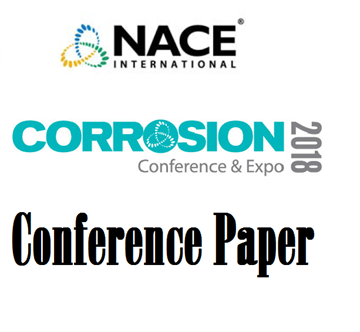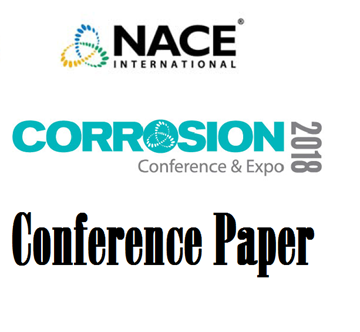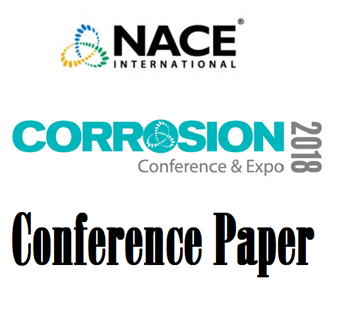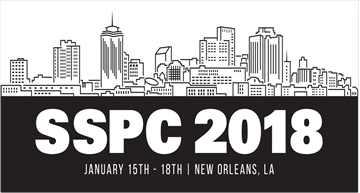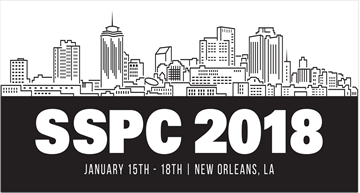Search
Products tagged with '2018 Conference Papers'
View as
Sort by
Display
per page
COATING CONCRETE AFTER 28 DAYS . . Why There Is No Magic In This Number
Product Number:
51218-134-SG
Publication Date:
2018
$20.00
COATINGS FOR INTOLERANT SITUATIONS:HOW TO UTILIZE APPROPRIATE TECHNOLOGY TO COAT SURFACES IN COMPROMISED ENVIRONMENTS
Product Number:
51218-149-SG
Publication Date:
2018
$20.00
Composite Coatings: Basics of Fiber Reinforced Polymers for Pipe Repairs
Product Number:
51218-120-SG
Publication Date:
2018
$20.00
Concrete Design Considerations And Surface Preparation Recommendations For High-Performance Protective Linings For Chemical Immersion And Containment Service In Water And Wastewater Treatment Facilities
Product Number:
51218-135-SG
Publication Date:
2018
$20.00
Conference Proceedings 2018- 10446 through 10847
Product Number:
51318-1
Publication Date:
2018
$0.00
Conference Proceedings 2018- 10848 through 11008
Product Number:
51318-2
Publication Date:
2018
$0.00
Conference Proceedings 2018- 11009 through 11182
Product Number:
51318-3
Publication Date:
2018
$0.00
Conference Proceedings 2018- 11183 through 11390
Product Number:
51318-4
Publication Date:
2015
$0.00
Conference Proceedings 2018- 11391 through 11719
Product Number:
51318-5
Publication Date:
2018
$0.00
CONSIDERATIONS FOR SELECTING AND APPLYING LININGS IN LARGE DIAMETER COOLING WATER PIPE AND PENSTOCKS
Product Number:
51218-160-SG
Publication Date:
2018
$20.00
Corrosion Durability of Three-Coat and Epoxy Mastic Coating Systems after Adverse Environmental Exposures during Coating Repair
Product Number:
51218-145-SG
Publication Date:
2018
$20.00

